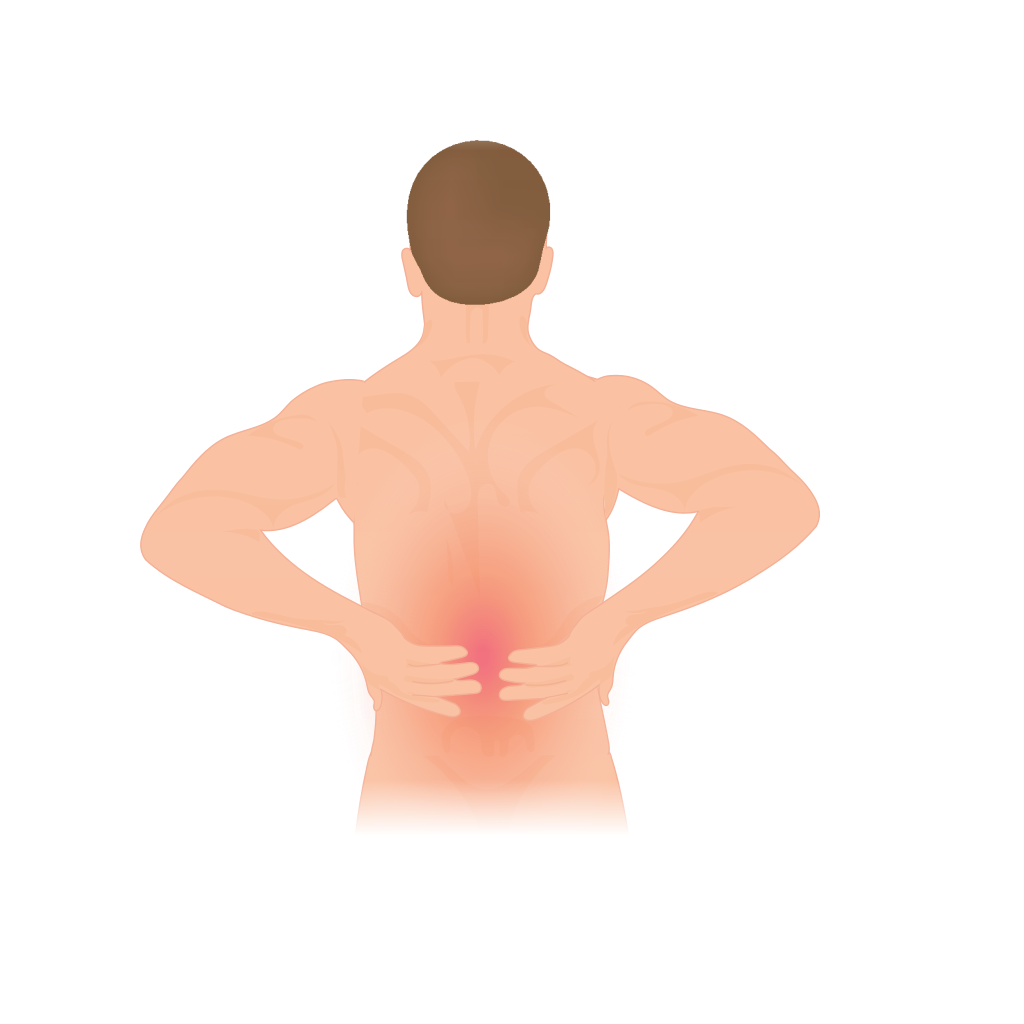
I don’t usually get my medical information from Reader’s Digest, but when I read their report on Pain Reprocessing Therapy (PRT), I was able to easily find the research it was based on: a randomized clinical trial titled “Effect of Pain Reprocessing Therapy vs. Placebo and Usual Care for Patients with Chronic Back Pain” by Ashar et al. published in JAMA Psychiatry in 2022. Does “mind over matter” work? The results were intriguing but the methodology was flawed.
The researchers asked “Can a psychological treatment based on the reappraisal of primary chronic back pain as due to nondangerous central nervous system processes provide substantial and durable pain relief?” The etiology of chronic back pain is unknown for 85% of patients, and persistence is influenced by “fear, avoidance, and beliefs that pain indicates injury.”
This was the first test of PRT. 151 subjects with low to moderately severe chronic low back pain were enrolled. 54% were female, duration of pain was 10 years, and disability was rated 23.34 out of 100. Subjects were randomized into 3 groups.
Interventions
Participants randomized to PRT participated in 1 telehealth session with a physician and 8 psychological treatment sessions over 4 weeks. Treatment aimed to help patients reconceptualize their pain as due to nondangerous brain activity rather than peripheral tissue injury, using a combination of cognitive, somatic, and exposure-based techniques. Participants randomized to placebo received an open-label subcutaneous saline injection in the back [they were told placebos were effective treatment]; participants randomized to usual care continued their routine, ongoing care.
Patients were followed for one year and MRIs were done.
Clinical outcomes
66% of patients in the PRT group were pain-free or nearly pain-free post treatment, compared to 20% in the placebo group and 10% in the usual care group. Large reductions in pain for the PRT group continued for a year after treatment. fMRI effect sizes were described as “modest”.
Caveats
- This is the first study of PRT; it would be unwise to rely on it before other studies are done. Initial studies are often promising but subsequent studies tend to be less promising or even negative.
- Results may not be generalizable to the entire population of patients with chronic low back pain or with other types of pain.
- The control groups were not appropriate. The placebo group was told placebos were effective and were given open-label injections of saline. The comparison to a usual-care group was fruitless, since we know any interventions beyond usual care will always give positive results. The A + B vs. A design has been criticized by Edzard Ernst and others.
Conclusion
Can the level of pain in 2/3 of patients with chronic low back pain be reduced by psychological treatments that help patients reconceptualize their pain as non-dangerous? These results would be very exciting if true, but they are suspect for the reasons given. I sincerely hope PRT will be validated by further research, but I can’t recommend it on the basis of present evidence.

